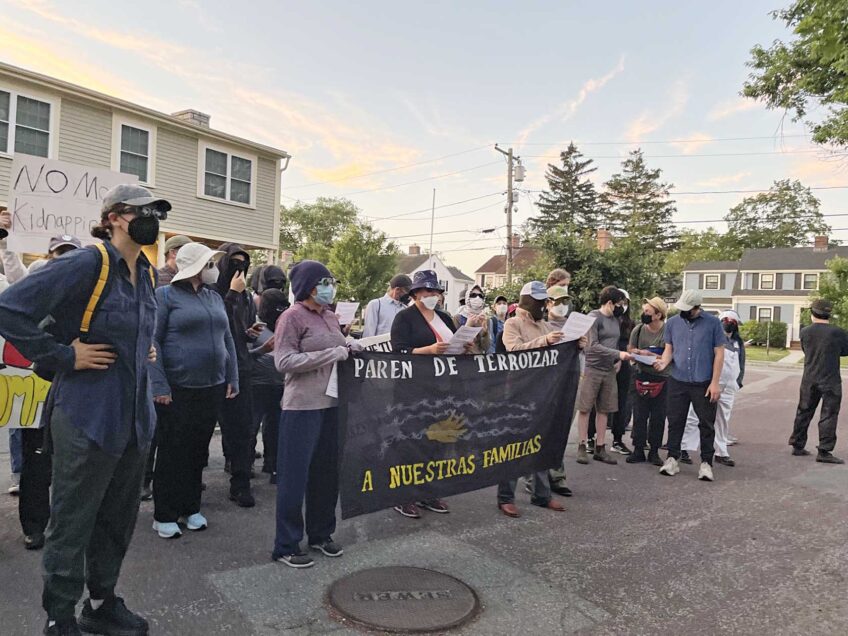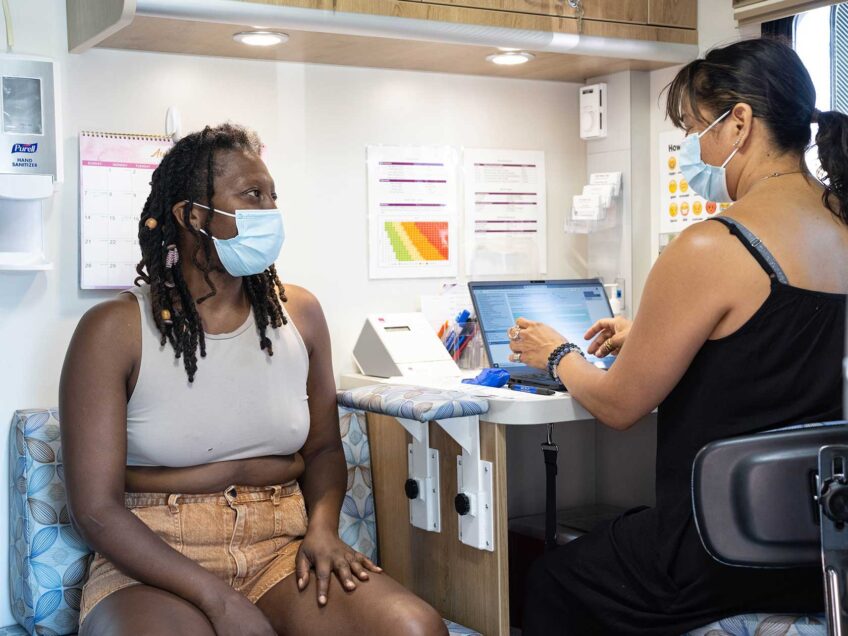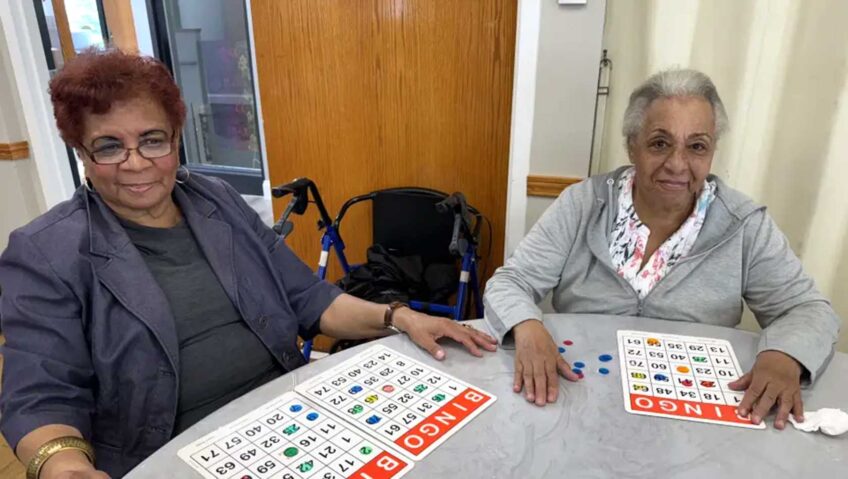Forming Boston’s future 15 years in advance
Mayor seeks long-term city plan

Community leaders sounded a positive note this week in response to Mayor Martin Walsh’s launch of Boston’s first comprehensive, city-wide planning process in half a century.
The planning initiative, dubbed Imagine Boston 2030, was introduced at last week’s Innovative Design Alternatives Summit in Faneuil Hall. The last time Boston had such an all-encompassing blueprint for its growth was in 1965.
Brian Golden, the director of the Boston Redevelopment Authority, recounted a challenge that Mayor Walsh issued everyone at his appointment to the city agency in December 2014.
“Boston is home to the world’s most innovative thinkers,” he recalled the Mayor saying. “Our city’s built environment should reflect this … We can balance the old and the new and we can do it with imagination.”
Holistic approach
The city’s new website for the planning program, located at www.imagine.boston.gov, says that “Imagine Boston 2030 will guide positive physical change while promoting shared prosperity, coordinated public investments, and a healthy environment and population.” It notes that while Boston already has a wide range of planning activity currently underway in the areas of housing, transportation, climate preparedness, and the arts, this initiative would seek to ensure the plans all work in collaboration.
A video presentation at the Imagine Boston 2030 launch showcased Boston residents who were asked to name their priorities for the city for the next 15 years. The video ended with a clip of Mayor Walsh describing the process as inclusive and community-driven.
“We’re a city of working families, young professionals and innovators,” he said. “Most importantly, we’re a city of neighbors. Now is our chance to set the course for the next generation.”
In his remarks after the video, Mayor Walsh emphasized that he intended for the planning process to explicitly work in cooperation with – not against – the neighborhoods.
“This isn’t about looking at the negative, this is about looking at the positive,” he said. He described conversations he had had with city councilors including Charles Yancey and Frank Baker about the good things that could come out of such a coordinate planning effort – like more restaurants in Mattapan and the opportunity for more retail space in key neighborhoods.
“It’s about ‘How do you grow as a smart neighborhood?’” Walsh said. “How do you make [Boston] grow so it fits into the neighborhoods we have?”
Community response
For city planners, the challenge to champion such wide-ranging change may be difficult.
There are two other major planning conversations happening in Boston that already have elicited strong emotions from residents – the city’s bid for the 2024 Olympic games, and the BRA’s recent push to extend most of the current “urban renewal” districts for another ten years. The term “urban renewal” brings up bad memories for many residents who lived through the city’s earlier ill-fated experimentations with it.
However, community leaders who spoke with the Banner this week expressed optimism about Imagine Boston 2030, with the condition that the Mayor stay true to his promise of a robust community process.
Luis Cotto, the executive director of Egleston Square Main Streets, sounded a positive note.
“It’s a pretty cool opportunity to say ‘We are Boston,’” he said. “How can we tie downtown to the Eglestons of the world, in terms of education, transportation and such?”
When asked whether he had any concerns about how the process would unfold, he said the main issue was ensuring that community outreach was placed first and foremost.
“How are you getting the word out?” he asked of Imagine Boston 2030 planners. “I’ll be looking forward to seeing how they do that. … They need to bring it to the next level – it’s not just a building going up on your corner, it’s the entire city.”
He noted a particular need for community meetings to be facilitated in Spanish and other key languages spoken in the city so planners could hear all residents’ concerns. Still, Cotto said that overall, he remained excited.
“I’m pretty psyched about the potential. What do we want to be? The most literate city in the U.S.? Ok, cool – what are you going to do to get there?”
Imagine Boston 2030 has stressed that it will prioritize community feedback in part by moving beyond the emphasis on the traditional town hall meeting structure. It is encouraging residents to tweet about the topic using the #ImagineBoston hashtag. It also provides a wide range of options for providing feedback on its website under the “submit your preferences for engagement” link on the website’s Frequently Asked Questions page.
Other community leaders emphasized the need for greater reform.
Lydia Lowe, co-director of Chinese Progressive Association in Chinatown, said she thought the process might provide a welcome step in the right direction, compared to the current powers vested in the Boston Redevelopment Association.
“The BRA is focused on spurring economic development – there’s a tension between that and focusing on community needs and priorities,” she said. “I’m pleased they are thinking about doing a city plan – a comprehensive plan – and not just thinking about land use.”
Lowe said she was interested in learning more as Imagine Boston 2030 moved forward, and that she hoped the experiment would bring more fundamental changes to the city.
“Since at the same time [as Imagine Boston 2030], the BRA is calling for the renewal of urban renewal, it seems that is putting us in place for the same structures, where the BRA is in charge of both planning and development,” she said.
“I think it is important to re-raise the question of an independent city planning department as a longer-term reform for the city,” she added.
Multiple plans
Community leaders also raised the question of how Imagine Boston 2030 would move beyond the plans that had already been created through other former community planning processes.
Lowe referred to the 2010 Chinatown master plan created by local residents.
“Chinatown has its own community-led plan and is urging the City to adopt our master plan or at least use it as its baseline for planning,” she said.
In a similar vein, Gail Latimore of Codman Square NDC said she hoped to see what the city-wide conversation would add to the table.
“People in our neighborhoods are planned out in some sense,” she said. “We want to move into implementation.”
“There are a lot of plans that the community has already done, covering many different areas. If there is going to be any kind of comprehensive planning – which I think is a good idea – it has to take into consideration that there are already tons of plans that already have been done. It should build on those neighborhood plans, not duplicate or ignore them.”
Codman Square, for instance, has the Millennium Ten Plan that was completed in 2012 and began implementation in 2013. The neighboring Talbot-Norfolk Triangle, where CSNDC also works, also has a newer Eco-Innovation District Initiative, which is in the early stages of launching home energy efficiency projects and a community-shared solar panel.
Still, Latimore said she was mostly interested in learning more about the initiative as it unfolded, as long as one key concern remained central to the conversation.
“Boston is number one [in the nation] for gentrification,” she said. “So that’s why I would welcome a comprehensive planning process, if we could really look at how we plan for equity. … Equity needs to be number one. Not an afterthought.”
An Olympic twin?
Given the timing of the Imagine Boston 2030 announcement, some members of the public have questioned whether the planning was done in tandem with – or even to help boost — the city’s Olympic bid.
Mayor Walsh flatly rejected such suggestions last week, saying the Olympics has “zero impact on our plan.”
Melina Schuler, spokesperson for Mayor Walsh, told the Banner that the concrete planning for Imagine Boston 2030 went back to fall 2014, when the Mayor charged the BRA with laying the groundwork to launch the project. She noted, however, that the Mayor called for such a citywide process during his 2013 mayoral campaign.
Of course, the Olympic bid also goes back several years – although Beacon Hill, rather than City Hall, took the lead. A volunteer exploratory committee for the games led by local prominent business leaders — including Dan O’Connell, John Fish, the Patriots’ Bob Kraft, and former governor Mitt Romney — was formed in early 2013. By the end of 2013, a feasibility committee was formed with the help of legislation from state Senator Eileen Donoghue.
Boston was chosen as the city for the United States Olympic bid in January 2015.
The two plans also have similar endpoints. The Imagine Boston 2030 plan aims for a final plan adoption by summer 2017, which is when the International Olympic Committee will elect the host city for the 2024 games.
Ted Landsmark, the former president of the Boston Architectural College and recent appointee to the BRA board, spoke with the Banner before the Faneuil Hall launch last week. He said he became involved with the planning “several months ago.”
When asked if there was any connection between the 2030 planning and the Olympics, he focused on the shared aspect of long-term visioning for the city’s future.
“Planning for Olympics and the legacy that the Olympics could bring [the city] are a part of this insofar as the larger process gives us the opportunity to think about what we need in terms of housing and economic development,” he said.






